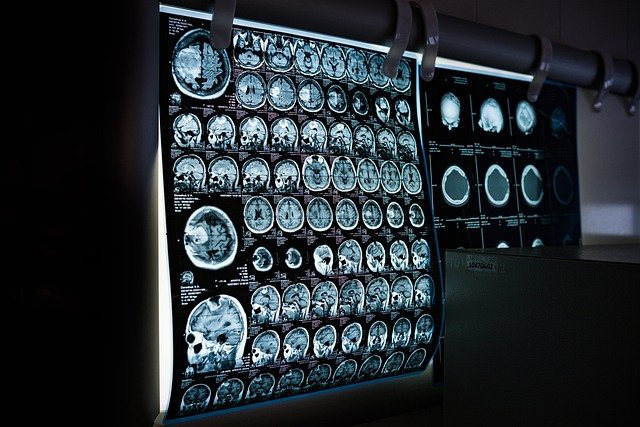Bioelectric Mapping: The Future of Personalized Health Management
Imagine a world where your body's electrical signals could be mapped and interpreted, offering unprecedented insights into your health. This isn't science fiction – it's the cutting-edge field of bioelectric mapping. But what exactly is this technology, and how could it revolutionize the way we approach personal wellness?

The Science Behind Bioelectric Signaling
At its core, bioelectric mapping relies on the fundamental principle that cells communicate through electrical and chemical signals. These signals control various aspects of cellular behavior, including growth, differentiation, and regeneration. The field of developmental biology has long recognized the importance of bioelectricity in embryonic development, where electrical gradients guide the formation of organs and tissues.
Advancements in Bioelectric Mapping Technology
Recent technological breakthroughs have made it possible to measure and visualize bioelectric fields with unprecedented precision. Advanced sensors, coupled with sophisticated imaging techniques, allow researchers to create detailed maps of electrical activity across tissues and organs. These maps can reveal patterns and anomalies that may not be detectable through traditional diagnostic methods.
Applications in Personalized Medicine
One of the most promising aspects of bioelectric mapping is its potential to revolutionize personalized medicine. By analyzing an individual’s unique bioelectric signature, healthcare providers could:
-
Detect diseases at earlier stages, before symptoms become apparent
-
Tailor treatments to an individual’s specific bioelectric profile
-
Monitor the effectiveness of interventions in real-time
-
Predict potential health issues based on changes in bioelectric patterns
Challenges and Ethical Considerations
While the potential of bioelectric mapping is immense, there are several challenges to overcome:
-
Standardization of mapping techniques and interpretation
-
Integration with existing healthcare systems
-
Ensuring data privacy and security
-
Addressing ethical concerns related to predictive health information
The Road Ahead: Integrating Bioelectric Mapping into Everyday Health
As research in this field progresses, we can expect to see bioelectric mapping technologies become more accessible and user-friendly. Wearable devices that continuously monitor bioelectric signals could provide real-time health insights, empowering individuals to take proactive steps towards better health.
Fascinating Facts About Bioelectricity
-
The human brain generates enough electricity to power a small light bulb
-
Electric eels can generate up to 860 volts of electricity
-
Plants use bioelectric signals to respond to environmental stresses
-
Bioelectric fields play a crucial role in wound healing and tissue regeneration
-
Some animals, like sharks, can detect extremely weak electric fields to locate prey
Bioelectric mapping represents a paradigm shift in how we understand and manage our health. By tapping into the body’s innate electrical language, we open up new avenues for early disease detection, personalized treatment, and proactive health management. As this technology continues to evolve, it has the potential to transform healthcare from a reactive to a predictive and preventative model, ultimately leading to better health outcomes for individuals worldwide.





